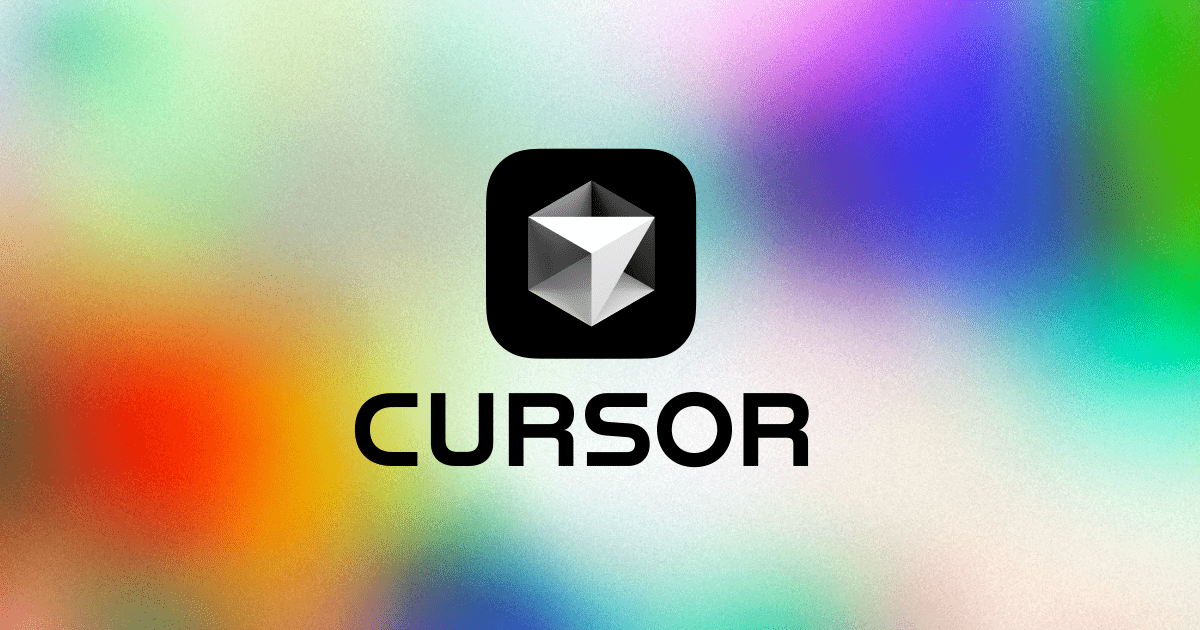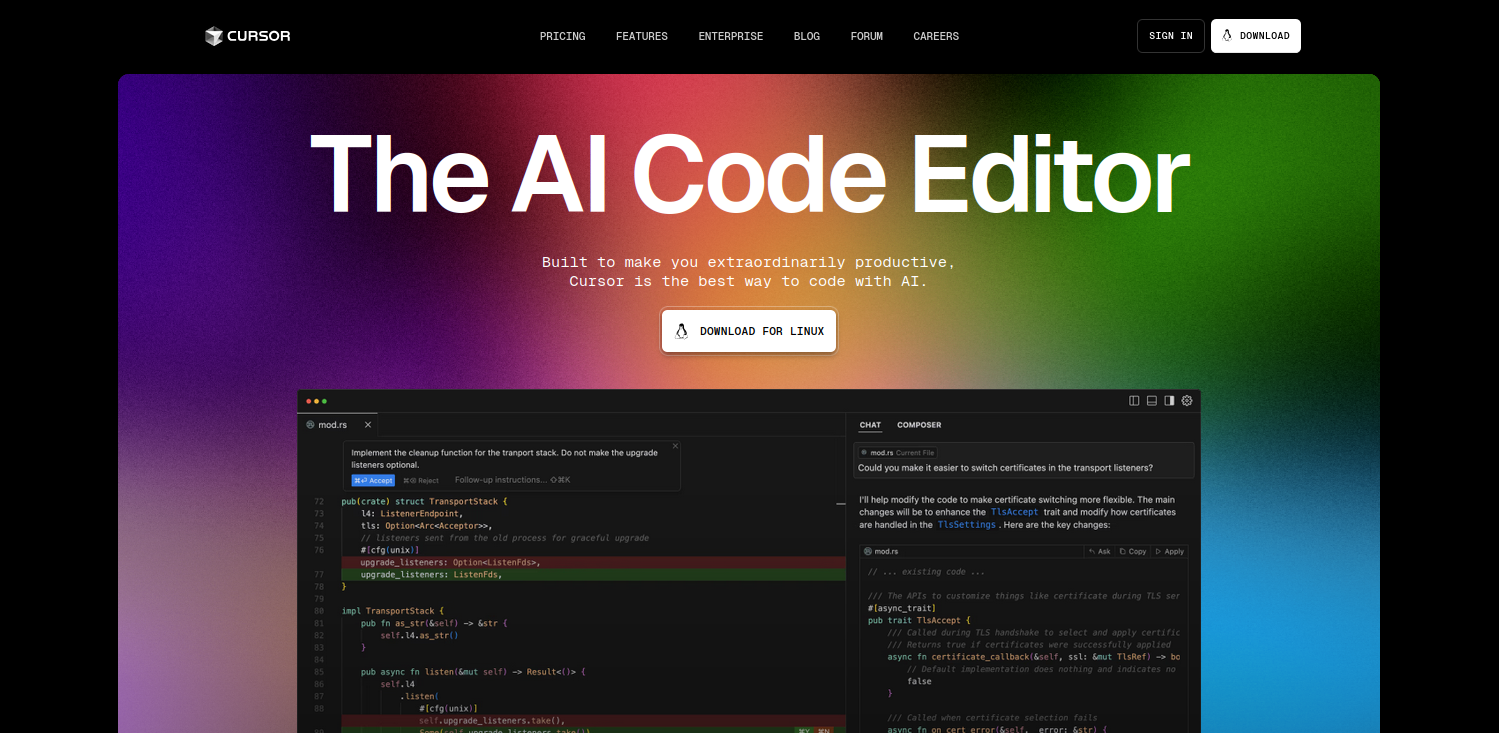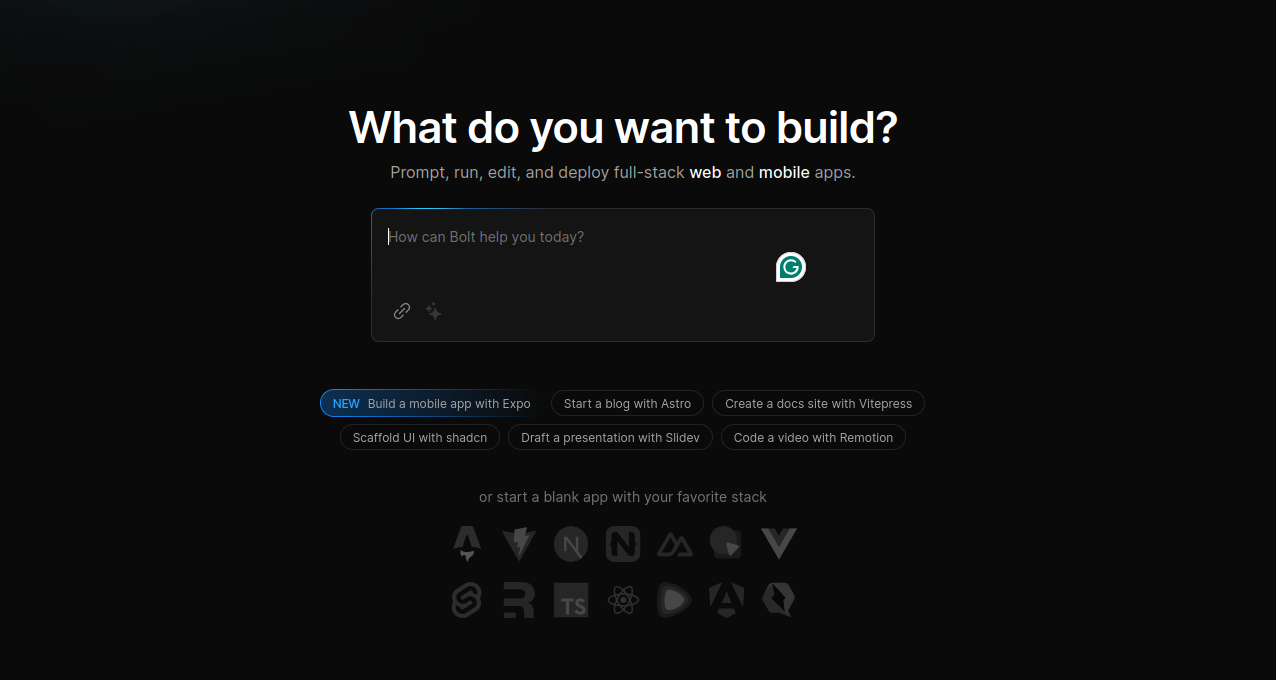
The Rise of Vibe Coding: When AI Becomes Your Copilot
Witnessing the most significant shift in software development
The Rise of Vibe Coding: When AI Becomes Your Copilot (Whether You Like It or Not)

We're witnessing the most significant shift in software development since the invention of the compiler. Enter vibe coding - the art of building software through conversational English (or Italian, or Klingon) while AI handles the actual code. It's like having a junior developer who never sleeps, complains about coffee, or asks for stock options. But this revolution comes with its own set of challenges and surprises, as pioneers like OpenAI's Andrej Karpathy and tools like Cursor and Bolt.new are proving daily.
From Punch Cards to Natural Language: The Evolution of Programming
To understand vibe coding, we need to rewind the tape. The history of programming has been a relentless march toward higher abstraction:
- Machine code (1940s): Raw binary instructions
- Assembly (1950s): Human-readable mnemonics
- High-level languages (1960s): FORTRAN, COBOL
- Object-oriented programming (1980s): C++, Java
- Low-code platforms (2010s): Drag-and-drop interfaces
- Vibe coding (2020s): "Yo AI, build me a TikTok clone"
This progression reflects our eternal quest to communicate intent rather than micromanage implementation. As Karpathy noted in his viral "Software 2.0" essay, we're transitioning from writing explicit instructions to training neural networks through examples and conversation.
Anatomy of a Vibe Coder's Toolkit
Cursor: The AI-Native IDE

Cursor has become the darling of early adopters, with features that read like science fiction:
- Chat-driven development: "Fix this TypeScript error about nullable types" → instant solution
- Voice-to-code: Dictate features while making coffee ("Add dark mode toggle to navbar")
- AI code review: Automated feedback on security and best practices
- Context-aware generation: Maintains awareness of your entire codebase
In a now-famous demo, Karpathy built a menu-scanning PWA by telling Cursor: "Create a React app that takes restaurant menu photos, translates them via ChatGPT, and shows dish photos from Google Images..." The AI handled everything from camera integration to API orchestration. The result? A functional prototype in 47 minutes that previously would've taken days.
Bolt.new: Full-Stack Development Through Chat
StackBlitz's Bolt.new takes things nuclear with its trifecta of:
- WebContainers: Node.js running directly in browsers
- Claude 3.5 Sonnet: Anthropic's state-of-the-art coding AI
- One-click deployment: Netlify integration for instant production

Developers can literally type "Build a TikTok clone with GraphQL backend and JWT auth" and watch Bolt.new:
- Scaffold the Next.js project
- Configure Apollo Client/Server
- Generate rate-limited API endpoints
- Deploy to a live URL
Early benchmarks show teams shipping features 10x faster, but security audits reveal concerning patterns - like unrate-limited APIs and JWT secrets hardcoded in client bundles. As one CTO lamented: "Our AI-built auth system let users log in as anyone by sending empty requests. Great for testing, bad for business".
The Windsurf Paradox: When Vibe Coding Gets Wet

The oddly-named Windsurf AI (no actual oceans required) demonstrates vibe coding's unexpected applications. Developer Mark Rittman chronicled his journey of:
- Face-planting repeatedly while windsurfing
- Building an AI coach using MoveNet pose estimation
- Having Claude 3.5 roast his form via real-time audio feedback
"At one point, my laptop strapped to the board shouted 'Lean forward, dummy!' mid-wave," Rittman recalls. The system analyzed his body angles against pro surfers' data, offering corrections through waterproof AirPods. While comical, it highlights vibe coding's potential for rapid prototyping in niche domains.
The Great Debate: Savior or Saboteur?
The Reddit r/ChatGPTCoding community is deeply divided. Let's break down the arguments:
Proponents Say:
- Democratization: "My product manager shipped a feature! (And it actually worked)"
- Speed: Prototyping in hours vs. weeks
- Learning: Junior devs use AI explanations to upskill faster
- Creativity: More time for architecture less mind-numbing boilerplate
Critics Counter:
- Security Theater: AI-generated code often contains vulnerabilities
- Cargo Cult Programming: Devs ship code they don't understand
- Maintenance Nightmares: "Which of these 200 AI-generated files matter?"
- Job Market Shifts: Will coding become prompt engineering?
Even Karpathy admits current tools work best for "throwaway weekend projects". But with StackBlitz reporting $4M ARR in four weeks for Bolt.new, the genie isn't going back in the bottle.
Case Study: The AI That Built Itself
Perhaps the most mind-bending application comes from Anthropic's Claude 3.5 Sonnet. In a recursive display of self-improvement:
- Researchers prompted Claude to "build a better coding assistant"
- Claude generated training data through simulated developer interactions
- This data was used to fine-tune... Claude itself
The result? A 35% improvement on coding benchmarks. It's like watching a snake eat its own tail, except the snake keeps getting smarter.
Security in the Age of AI-Generated Code
The OWASP Foundation recently published its Top 10 AI Security Risks, with vibe coding-related issues dominating:
- Insecure AI-Generated Code (e.g., hardcoded credentials)
- Training Data Poisoning
- Model Inversion Attacks
- AI Supply Chain Vulnerabilities
Real-world examples abound:
- A fintech startup's AI-generated API exposed S3 buckets due to missing IAM policies
- An e-commerce site's recommendation engine was trained on corrupted product data
- Multiple cases of AI-recommended npm packages containing malware
As security researcher Troy Hunt notes: "AI coding tools are the new PHP - incredibly productive, but you'll pay for it in security debt".
The Education Equation: Coding Bootcamps Strike Back
Traditional coding education is scrambling to adapt. Consider Le Wagon's new curriculum:
- Week 1: Prompt engineering for code generation
- Week 2: AI-assisted debugging
- Week 3: Security auditing AI outputs
- Week 4: "Ethical Vibe Crafting"
Meanwhile, platforms like Scrimba now offer "AI Whisperer" certifications. As instructor Dylan C. Israel puts it: "We're teaching developers to become AI orchestra conductors rather than violin soloists".
The Future: Vibe Coding 2.0 and Beyond
We're rapidly approaching inflection points:
- 2025: AI passes full technical interviews at FAANG companies
- 2026: First AI-generated programming language optimized for LLMs
- 2027: "Vibe-driven development" becomes ISO standard
Emerging tools hint at what's coming:
- AI Compilers: Convert vague ideas ("Make it faster") to optimized bytecode
- Self-Healing Codebases: AI agents that refactor legacy systems autonomously
- Neuro-Symbolic Programming: Merging neural networks with formal verification
But the biggest shift might be cultural. As GitHub CEO Thomas Dohmke predicts: "The developer of 2030 will spend 70% time on product strategy, 30% on prompt engineering. Coding as we know it becomes like assembly - rare and specialized".
The lines between developer and system blur. Code becomes clay - malleable through conversation. The question isn't "Can we build it?" but "Should we?" And more urgently: "Do we still know how?"
More about Vibe Coding by Riley Brown on Youtube: 
Ready to ride the vibe wave? Dive in with these tools:
- Cursor (AI-native IDE)
- Bolt.new (Browser-based full-stack magic)
- Windsurf AI (For when you want coding literally everywhere)
Remember: With great vibes comes great responsibility. Maybe audit that AI-generated auth middleware before deploying to prod.
Looking for more? Check out our guide to AI pair programming or watch Karpathy's vibe coding masterclass.
